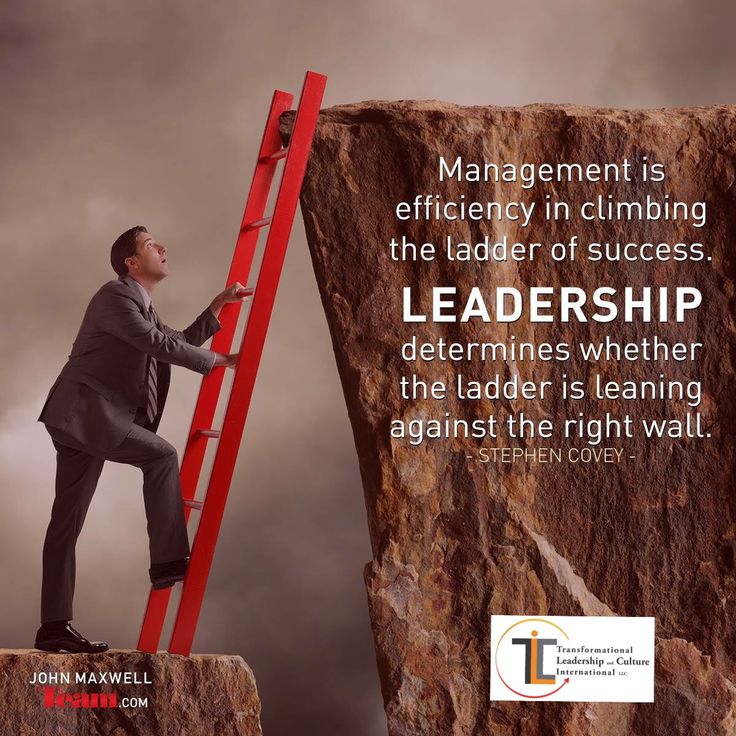In the fast-paced and competitive realm of business, effective leadership is the cornerstone of success. The leadership ladder represents a journey of growth, development, and impact within organizations. This article delves into the essential aspects of navigating this ladder, from understanding leadership to building a strong leadership brand and thriving in a changing business landscape.
Understanding Leadership in Business

Leadership is more than just a title; it’s about inspiring teams, driving innovation, and achieving strategic goals. Different leadership styles, from autocratic to transformational, shape team dynamics and influence performance outcomes. Effective leaders foster a culture of collaboration, empower team members, and adapt their leadership approach to maximize productivity and motivation. They recognize the strengths and potential of each team member, encouraging diversity of thought and creating an environment where everyone feels valued and motivated to contribute their best.
Qualities of Effective Leaders
Effective leaders possess a myriad of qualities, including strong communication skills, empathy, integrity, strategic thinking, and adaptability. Real-life examples of leaders who embody these traits serve as inspiring role models, showcasing how these qualities contribute to successful leadership and organizational growth. They demonstrate transparent communication, empathize with team members’ perspectives, uphold ethical standards, navigate complex challenges with strategic foresight, and pivot strategies effectively in response to changing circumstances.
Developing Leadership Skills
Strategies for developing leadership skills range from formal mentorship programs and leadership training to continuous learning through feedback and self-reflection. Personal development tips empower aspiring leaders to enhance their capabilities and confidence, fostering a growth mindset and a proactive approach to leadership development. Engaging in challenging assignments, seeking diverse experiences, cultivating emotional intelligence, and soliciting feedback from peers and mentors are additional strategies that contribute to well-rounded leadership development.
Navigating Challenges
Leaders face various challenges, from managing conflicts and fostering innovation to leading diverse teams in a globalized world. Solutions and best practices equip leaders with the tools to overcome these obstacles and drive positive change, promoting collaboration, creativity, and inclusivity within teams. Effective leaders in Business establish clear communication channels, encourage open dialogue, embrace diverse perspectives, and implement inclusive policies and practices that foster a culture of respect and belonging.
Building a Leadership Brand
Personal branding is vital for leaders seeking career advancement. Networking through Business leadership, and maintaining a positive reputation contribute to building a strong leadership brand that opens doors to new opportunities. Consistent communication of values and expertise enhances credibility and visibility in professional circles. Proactively engaging in industry events, contributing to relevant publications, and showcasing expertise through public speaking engagements further solidify a leader’s brand, positioning them as a respected authority in their field.
Leadership in Action
Examining real-life leadership stories and case studies provides valuable insights into effective leadership strategies and their impact on business outcomes. Analyzing these examples offers actionable takeaways for aspiring leaders, helping them apply proven methods and strategies in their leadership roles. By studying successful leaders’ journeys, understanding their decision-making processes, and learning from their experiences, aspiring leaders gain practical knowledge and inspiration to navigate challenges and drive positive change within their organizations.
Climbing the Leadership Ladder

Advancing in the leadership ladder requires strategic steps, from excelling in entry-level roles to taking on executive responsibilities. Setting clear goals, seeking growth opportunities, and demonstrating leadership qualities are key to progression. Additionally, Business building strong relationships and networking within the industry can facilitate career advancement. Engaging in mentorship programs, seeking challenging assignments, and continuously refining skills and knowledge also contribute significantly to climbing the leadership ladder.
Leadership in a Changing Landscape
In Business digital transformation, remote work trends, and global market shifts are reshaping leadership roles. Leaders must possess skills such as digital literacy, adaptability, and cultural intelligence to thrive in this dynamic environment. Embracing technological advancements and fostering a culture of innovation are also essential for sustainable growth. Staying abreast of industry trends, leveraging data-driven decision-making, and encouraging continuous learning among team members are critical strategies for navigating the evolving landscape and driving long-term success.
Conclusion
Successful navigation of the leadership ladder hinges on continuous learning, adaptability, and a commitment to personal growth. Investing in leadership skills, embracing challenges, and staying agile in a changing landscape is crucial for sustained success in the business world. Additionally, cultivating resilience, fostering a culture of innovation, and fostering collaboration across teams foster a dynamic and thriving organizational environment.




